|
If someone buys a house on the Cape and rewards themselves with a charcuterie board with a Cape Cod image on antique wood from a house in the same town, it’s easy to see why that would be a fun present for themselves. Similarly, if someone gets married on the harbor and is given a large serving tray with a compass rose, dock cleats for handles, and name, date, and location added to the artwork, it’s a unique gift that they can continue to appreciate over time. But these products are also intended to maximize the little moments, too. It can be easy to recognize the big events like a move or a marriage. But what about the end of a tough week, the small victory at work, a family member coming to visit, or reconnecting with a spouse over a homemade romantic dinner? So much of life and relationships unfolds in those smaller moments. But the hope is that these products create an excuse to spend time bonding as you put together a broader array of offerings on your tray, or added conversation about Cape Cod’s maritime history, or appreciating the simple joy of coming back from the beach, heading to the outdoor shower, and hanging your beach towels up on a whale shaped towel rack with dock cleats for hangers. Will these products change your life? Nope. But given all of life’s tougher moments, and how fast years can fly by, they can be little ways to pause, appreciate who you’re with, and maximize your moments.
0 Comments
The charcuterie boards, serving trays, cribbage boards, and most other things I create are made of antique wood, often from the 1800’s. I’m sometimes asked why I use it, given the time spent tracking it down, efforts to repair it, trying to keep prices low, and the added challenge of painting on an uneven surface. The short answer is, “because it’s so important to the product itself.” New England Good Life’s products started off with reclaimed pallet boards. But the antique wood soon became a critical piece of the artwork. For example, a piece of wood from the 1860’s that was part of the wall of a porch was used to make several trays. Yes, it required time and effort just to find the wood. But this piece easily illustrates why antique wood is so meaningful. Several days of repair were needed to make use of as much of this wood as possible. The original piece had witnessed so many days of families and friends sitting on the porch. They likely had plenty of laughs and probably some tears over the course of countless conversations. Pieces of their lives and relationships unfolded on that porch. Those lives ended long ago and became largely lost to history. But using this wood is a way to preserve and even continue a small part of that. It gives the wood a new lease on life. That wood also has great character; it isn’t planed smooth, which would make a charcuterie board easier to build and paint. Instead, its own natural beauty that took a century or longer to develop is maximized; it becomes a critical part of the artwork. Cape Cod has a number of historic homes. As people remodel, parts of these homes can wind up being discarded. But the history that the wood has witnessed, the lives it’s been surrounded by, the character that the wood contributes, all make it worthwhile to spend the added time finding it, saving it, repairing it, and figuring out how it can add to the product itself and the moments of the people who use it. The main focus of what is created by New England Good Life is functional art. This involves having something that is both visually interesting and that is interactive. In fact, functional art central to why these pieces are created in the first place. There are countless versions of beautiful artwork to be found. But sometimes when they’ve been hung on the wall long enough, you can walk past them and they start to become more invisible. Functional art, on the other hand, is something that serves a purpose. You interact with that art. People engage with it. Serving trays, for example, are made so that they can be hung on the wall when not in use. You can admire them when you walk past. But when you have that dinner party, they can become a focal point. The trays can serve up dips, cheeses, or glasses of wine. And they can become their own story, allowing you to share your discovery, why the compass rose spoke to you, and the fun of using it over time.
So, while some of what gets made is meant to be hung, such as to still use good, antique wood that isn’t suitable for other uses, creating functional art promotes ongoing appreciation of the piece and the time-worn wood that’s been rejuvenated, and adds to the ways you may connect with those who also use it. While art is both personal and subjective, functional art can be a shared experience that adds to the appreciation of the piece and your relationships. |
Jay BellGiving you the occasional peek behind the curtain... or more appropriately, the barn door. Archives
January 2024
Categories |

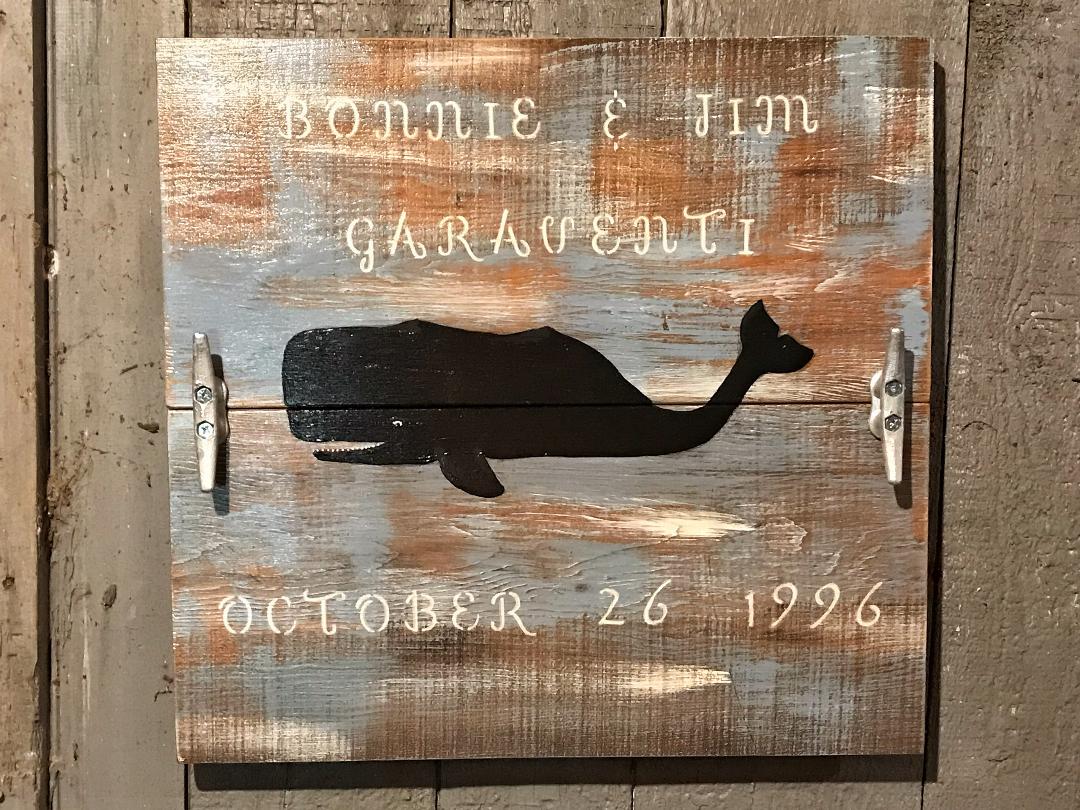
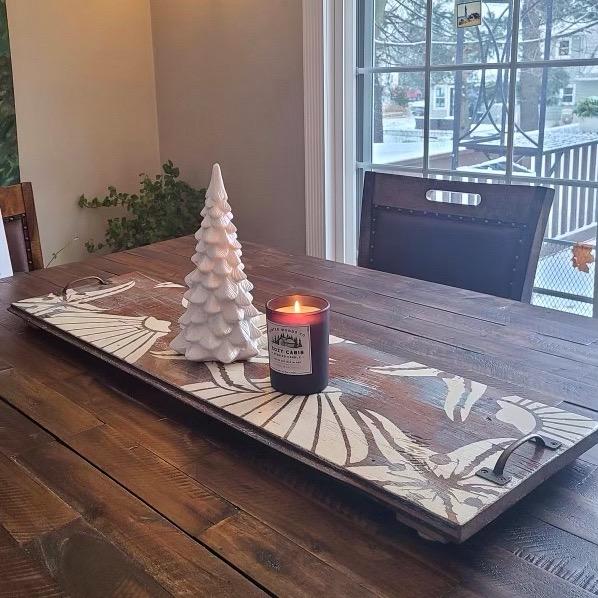
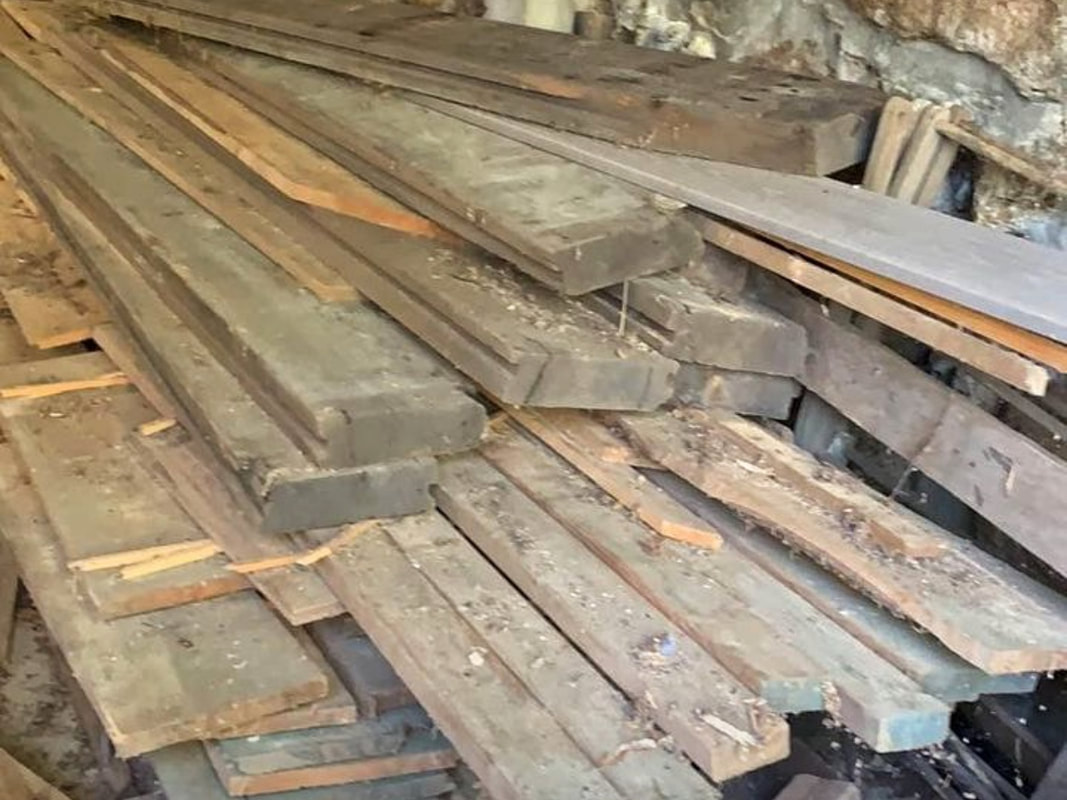
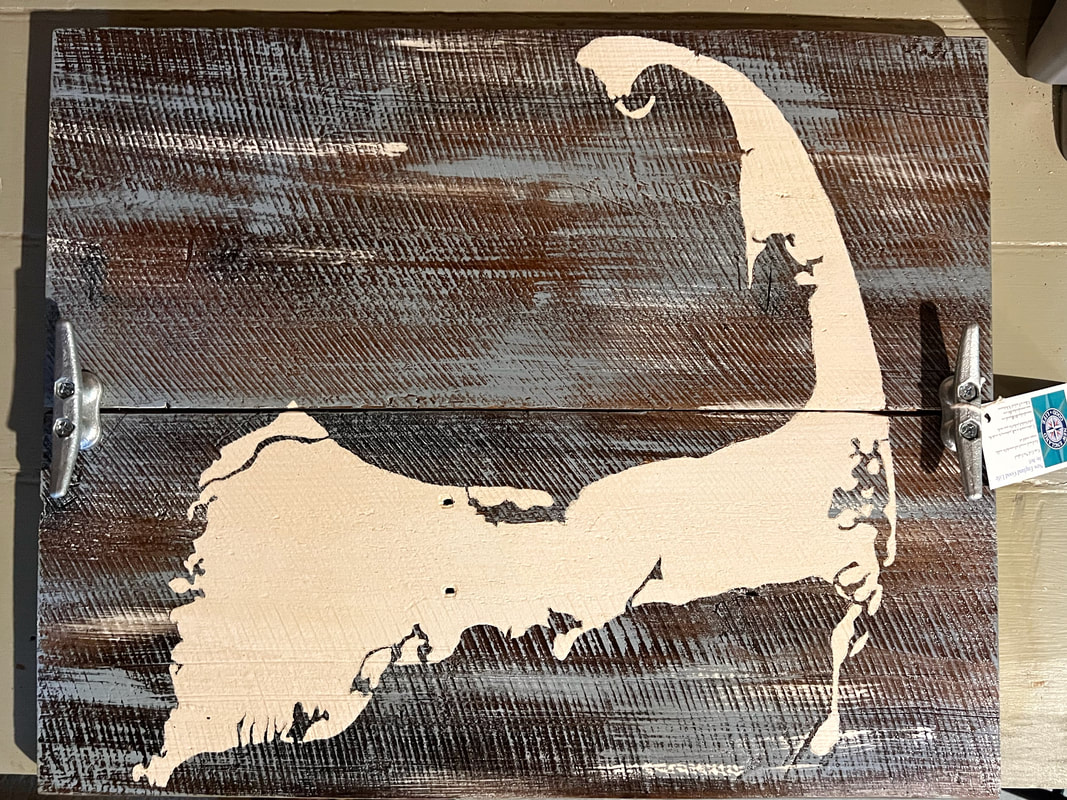
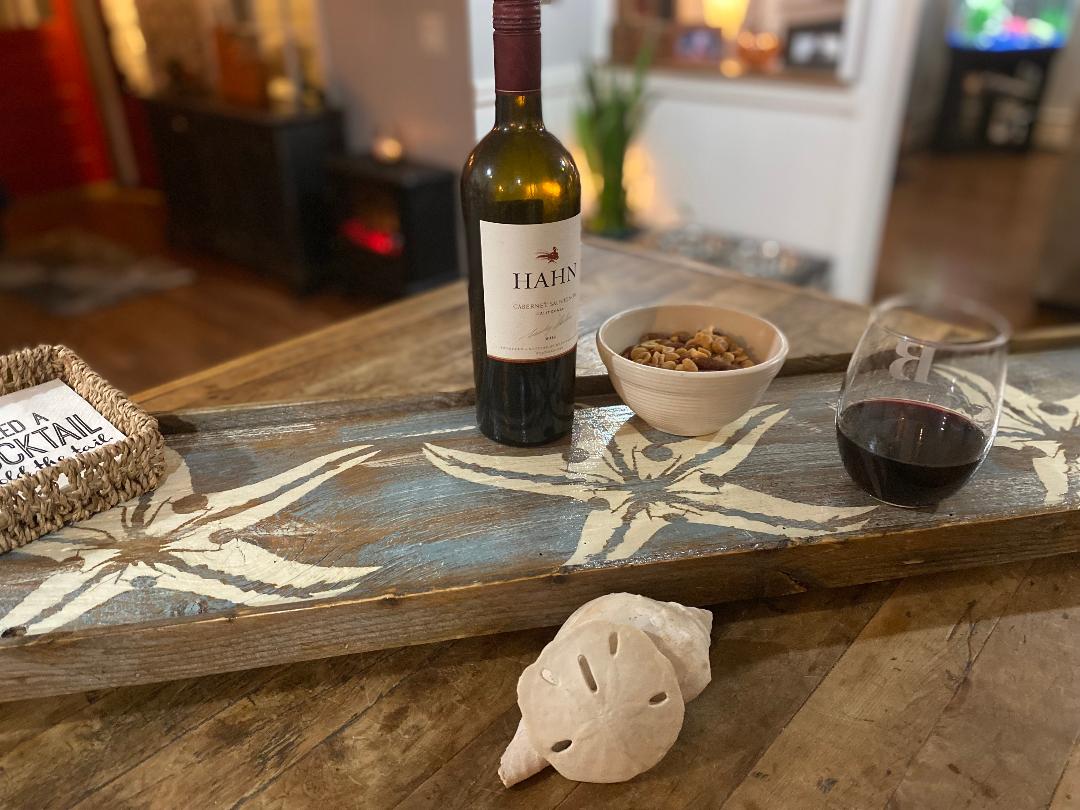
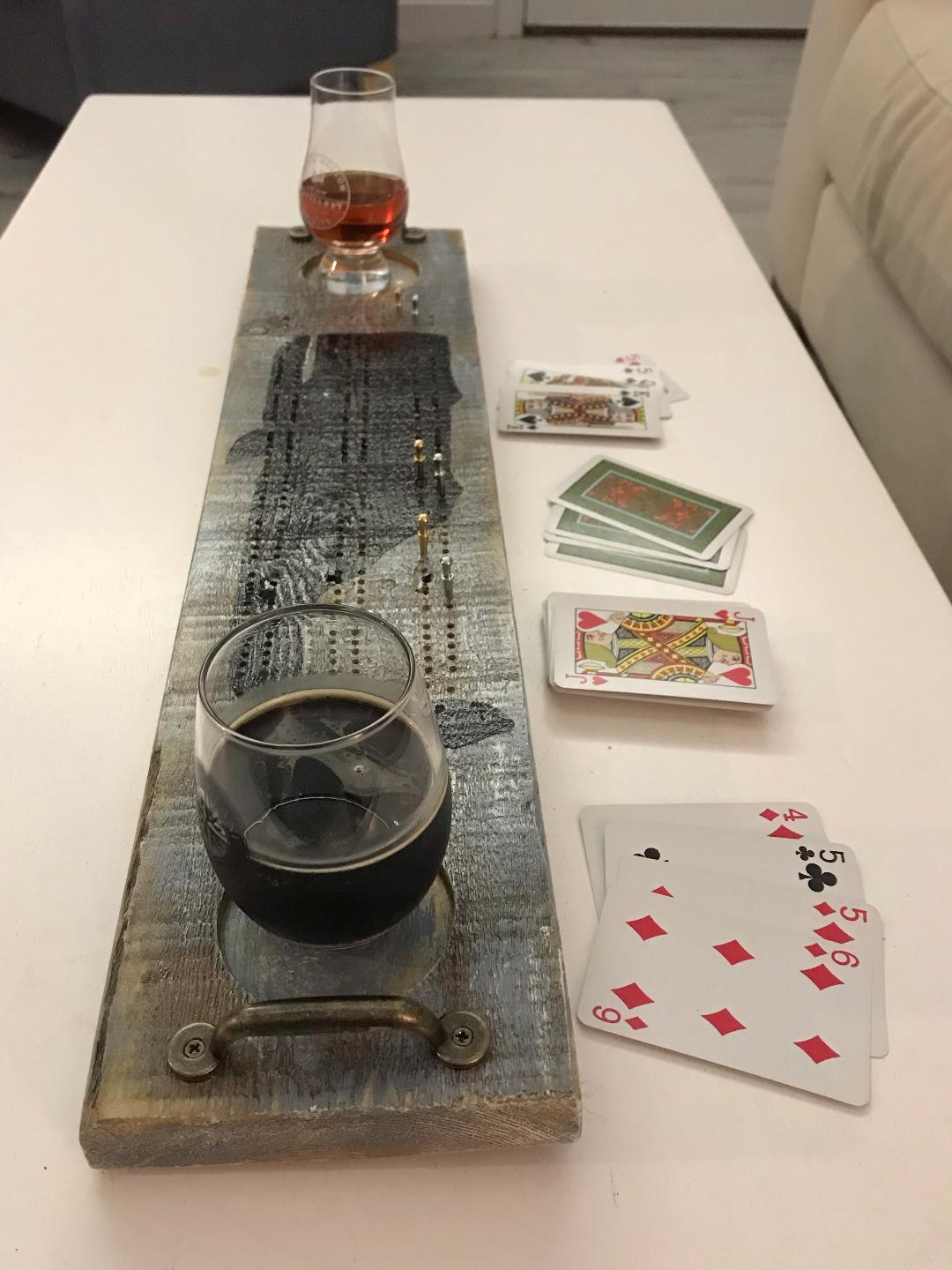
 RSS Feed
RSS Feed